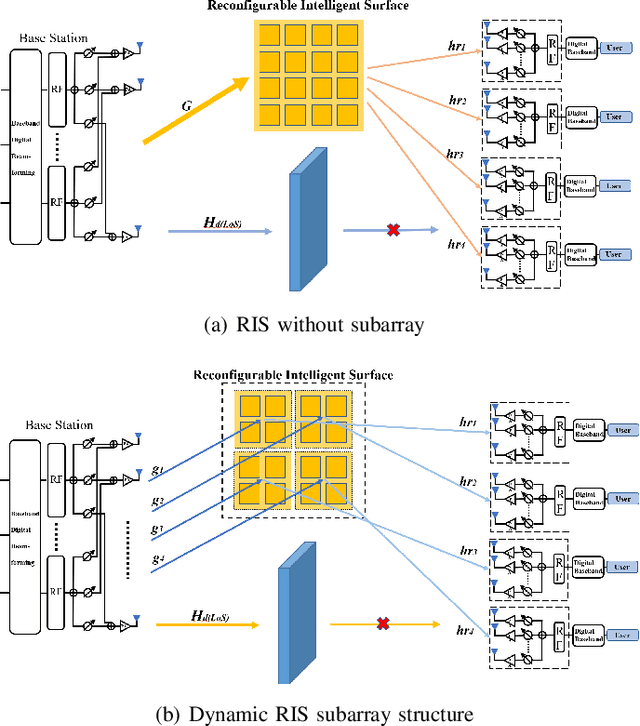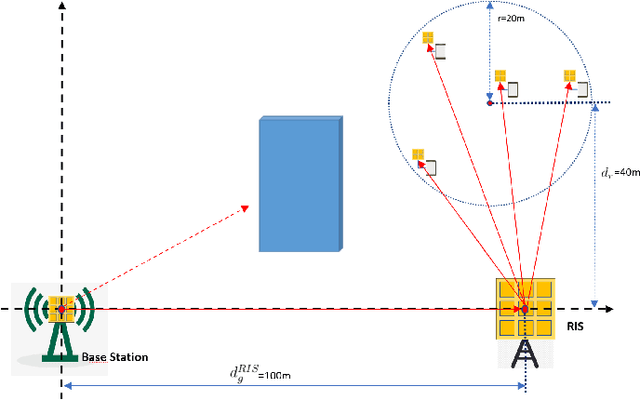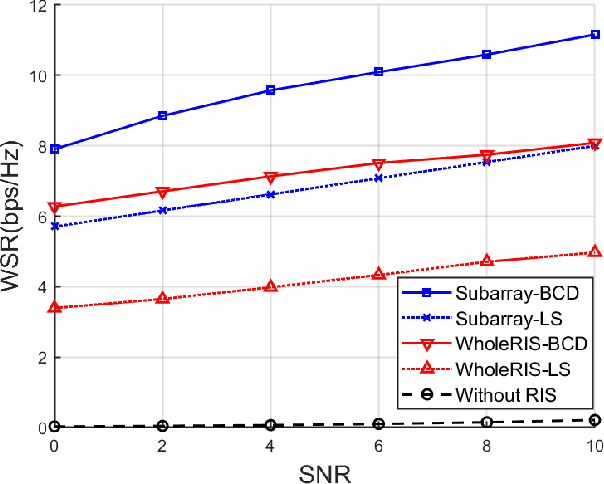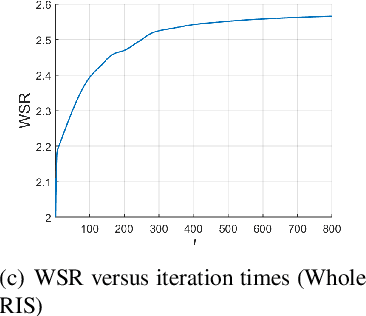Yicong Liu
Flatten Long-Range Loss Landscapes for Cross-Domain Few-Shot Learning
Mar 01, 2024Abstract:Cross-domain few-shot learning (CDFSL) aims to acquire knowledge from limited training data in the target domain by leveraging prior knowledge transferred from source domains with abundant training samples. CDFSL faces challenges in transferring knowledge across dissimilar domains and fine-tuning models with limited training data. To address these challenges, we initially extend the analysis of loss landscapes from the parameter space to the representation space, which allows us to simultaneously interpret the transferring and fine-tuning difficulties of CDFSL models. We observe that sharp minima in the loss landscapes of the representation space result in representations that are hard to transfer and fine-tune. Moreover, existing flatness-based methods have limited generalization ability due to their short-range flatness. To enhance the transferability and facilitate fine-tuning, we introduce a simple yet effective approach to achieve long-range flattening of the minima in the loss landscape. This approach considers representations that are differently normalized as minima in the loss landscape and flattens the high-loss region in the middle by randomly sampling interpolated representations. We implement this method as a new normalization layer that replaces the original one in both CNNs and ViTs. This layer is simple and lightweight, introducing only a minimal number of additional parameters. Experimental results on 8 datasets demonstrate that our approach outperforms state-of-the-art methods in terms of average accuracy. Moreover, our method achieves performance improvements of up to 9\% compared to the current best approaches on individual datasets. Our code will be released.
Modelling the Frequency of Home Deliveries: An Induced Travel Demand Contribution of Aggrandized E-shopping in Toronto during COVID-19 Pandemics
Sep 21, 2022



Abstract:The COVID-19 pandemic dramatically catalyzed the proliferation of e-shopping. The dramatic growth of e-shopping will undoubtedly cause significant impacts on travel demand. As a result, transportation modeller's ability to model e-shopping demand is becoming increasingly important. This study developed models to predict household' weekly home delivery frequencies. We used both classical econometric and machine learning techniques to obtain the best model. It is found that socioeconomic factors such as having an online grocery membership, household members' average age, the percentage of male household members, the number of workers in the household and various land use factors influence home delivery demand. This study also compared the interpretations and performances of the machine learning models and the classical econometric model. Agreement is found in the variable's effects identified through the machine learning and econometric models. However, with similar recall accuracy, the ordered probit model, a classical econometric model, can accurately predict the aggregate distribution of household delivery demand. In contrast, both machine learning models failed to match the observed distribution.
A Dynamic Subarray Structure in Reconfigurable Intelligent Surfaces for TeraHertz Communication Systems
Jun 30, 2022



Abstract:Reconfigurable Intelligent Surface (RIS) has become a popular technology to improve the capability of a THz multiuser Multi-input multi-output (MIMO) communication system. THz wave characteristics, on the other hand, restrict THz beam coverage on RIS when using a uniform planar array (UPA) antenna. In this study, we propose a dynamic RIS subarray structure to improve the performance of a THz MIMO communication system. In more details, an RIS is divided into several RIS subarrays according to the number of users. Each RIS subarray is paired with a user and only reflects beams to the corresponding user. Based on the structure of RIS, we first propose a weighted minimum mean square error - RIS local search (WMMSE-LS) scheme, which requires that each RIS element has limited phase shifts. To improve the joint beamforming performance, we further develop an adaptive Block Coordinate Descent(BCD)-aided algorithm, an iterative optimization method. Numerical results demonstrate the effectiveness of the dynamic RIS subarray structure and the adaptive BCD-aided joint beamforming scheme and also show the merit of our proposed system.
 Add to Chrome
Add to Chrome Add to Firefox
Add to Firefox Add to Edge
Add to Edge